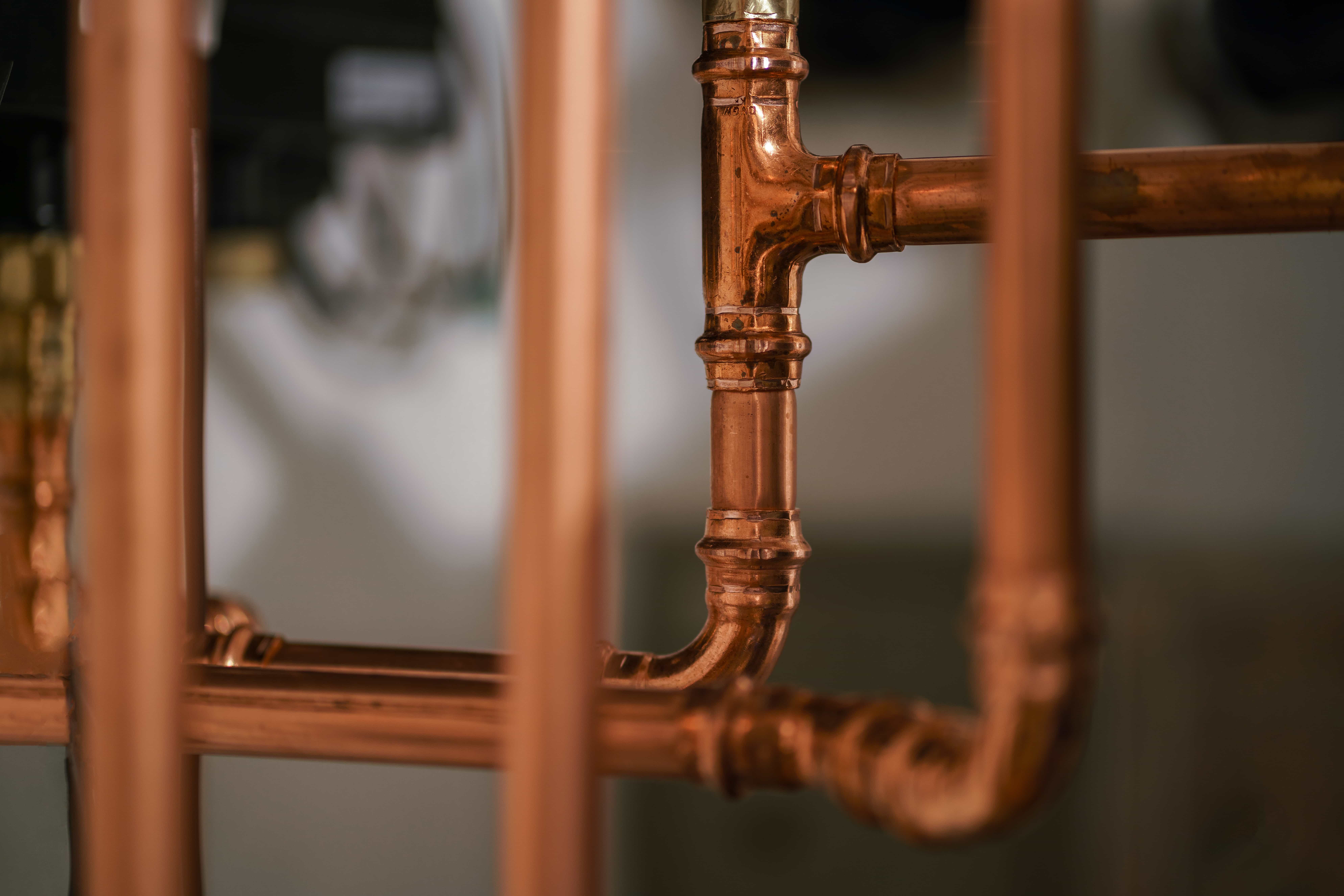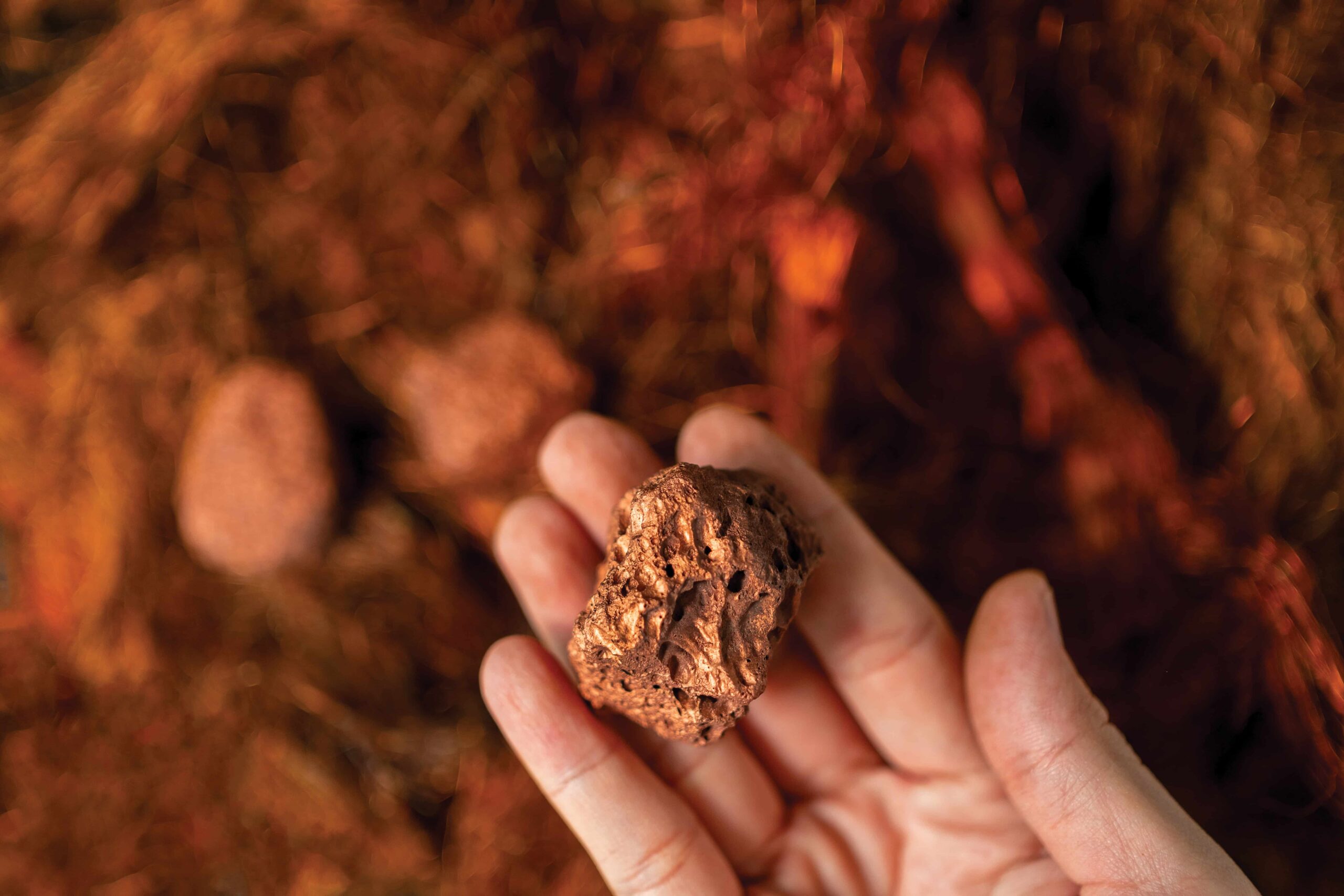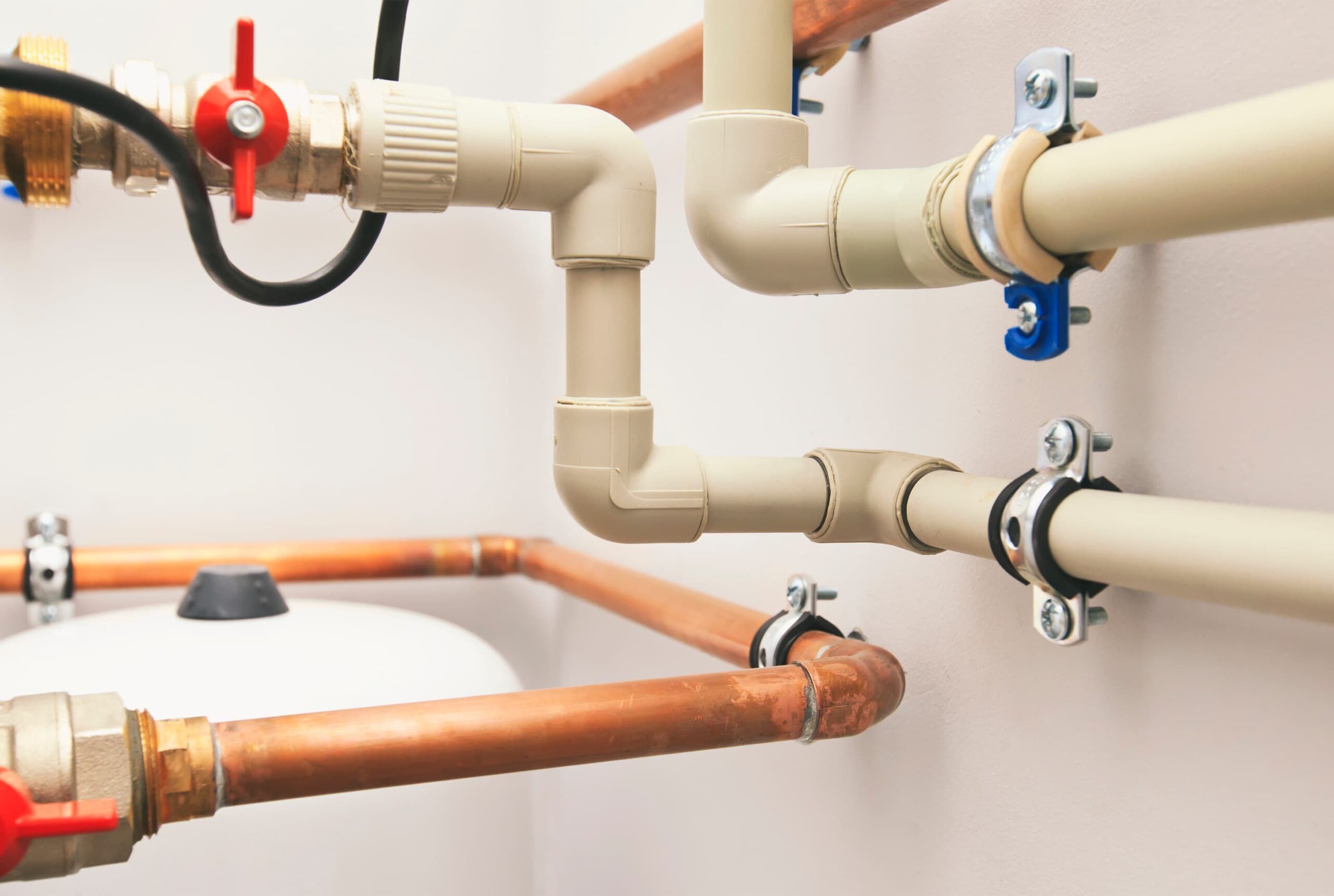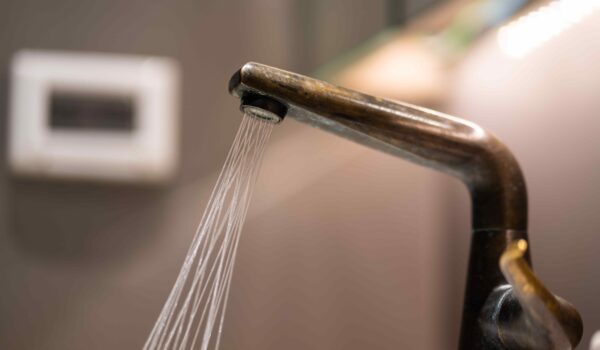As one of the most versatile and widely used metals around, copper has long been trusted as a safe and sustainable material for piping systems.
In fact, the earliest copper pipes date back thousands of years to ancient Egypt.
Other piping materials have emerged since then, but to this day copper remains the gold standard for plumbing.
So, why is copper used for water pipes? And what makes it a superior alternative to other materials? Let’s dive in!
A history of copper in plumbing
The archaeological record suggests copper piping was first being used by the ancient Egyptians as far back as 2,500BCE.
In 1994, archaeologists excavating the tomb of King Sahure unearthed a sophisticated network of copper pipes, including a drainage system for removing rainwater and a supply system for transporting water to several limestone basins.
References to copper piping in other ancient societies and through the Middle Ages are limited. It wasn’t until the introduction of industrial machinery in the mid-1700s that copper pipes could be manufactured on a mass scale and to a satisfactory standard for modern plumbing.
By the early 1900s, copper pipes were being used in hot water systems as a safe alternative to lead pipes, which were known to corrode on contact with soft water. The eventual banning of lead pipes in the 1970s led to copper becoming the leading choice for plumbing systems.
Today, copper remains an essential material within plumbing and construction, supporting the transition to a circular economy within the trades.

Learn more about the history of copper piping below.
Why is copper used in plumbing?
Copper has a unique set of properties that make the red metal especially suitable to plumbing. These properties include its natural resistance to corrosion and toxic substances, as well as its strong sustainability credentials and ability to be bent into shape without breaking.
Copper water pipes are non-toxic
One of copper’s key strengths as a piping material is its natural antimicrobial resistance. The red metal provides a layer of protection for water supply lines, killing off harmful bacteria and preventing toxic substances from leaking into drinking water.
This is why copper pipes have been chosen to replace toxic lead pipes across the UK. It’s also the reason why medical copper pipes are used in hospitals, helping to keep medical gases sterile as they are transported to patients’ bedsides.
Copper water pipes are resistant to rust
Not only do copper pipes offer protection against harmful bacteria, but they are also naturally resistant to rust and corrosion. As a non-ferrous metal, copper doesn’t contain any iron, meaning it isn’t susceptible to rust.
When oxygen atoms land on copper’s surface, they combine to form copper oxide, which eventually thickens to form a protective layer as a patina. This special form of copper corrosion, distinctively green in its appearance, actually helps protect the metal from the elements.
Copper water pipes are malleable
Another important factor when picking the right plumbing material, particularly in modern buildings with increasingly complex installations, is malleability. As a flexible material, copper can easily be bent to fit different shapes and sizes without compromising its structural integrity.
This makes copper pipes a great choice for pipework that needs to be fitted within tight spaces. It’s also the reason why copper is used to make the small, intricate fittings that connect different sections of piping together.
Copper water pipes last a lifetime
Thanks to its mechanical strength and natural corrosion resistance, copper is well equipped when it comes to withstanding different stresses. Whether exposed to UV rays, cold temperatures or high water pressure, copper pipes are unlikely to leak or become brittle.
In fact, copper pipes can last a whole lifetime, with most plumbers putting the average lifespan for copper pipes at 70–80 years. In that time, copper pipes are also less likely than most other piping materials to require ongoing maintenance and repairs.
Copper water pipes are fire-resistant
Another key strength of copper is its high melting point of around 1,085°C. This is significantly higher than the temperature of the average building fire, meaning copper can be relied upon to limit the spread of the flame in the event of a fire.
Not only that, but copper has a low thermal expansion coefficient, ensuring copper pipes expand only marginally when coming into contact with fire. This is an important factor in fire safety, as thermal expansion of piping materials can cause buildings to collapse.
Copper water pipes are sustainable
As calls for improved sustainability within the plumbing industry increase, copper pipes offer a ready-made solution for reducing emissions in the production of new plumbing materials as well as eliminating waste from old or redundant pipework.
This is because copper can be recycled time and time again without any loss of quality. Whether used in electrical wiring, plumbing or roofing, scrap copper can be recovered, melted down and recast into brand-new pipes, ready for use again.

Learn more about copper’s unique properties below.
What makes copper pipes better than other materials?
Today, most plumbers and homeowners looking to install a new plumbing system will be faced with a choice between copper and plastic pipes.
Introduced to the market in the 1950s, plastic pipes have grown in popularity thanks to their relatively low cost and ease of installation. Most new builds under construction today will be fitted with plastic pipes as a matter of course.
However, the evidence suggests that copper pipes perform better than plastic pipes in terms of safety, longevity and sustainability.
Copper vs plastic pipes: safety
Plastic piping materials like PVC, PEX and CPVC are made up of dozens of chemicals, some of which are harmful to humans. When exposed to high temperatures, these chemicals can leach into the water supply. Copper, on the other hand, offers a natural defence against harmful toxins.
In terms of fire safety, plastic pipes offer less protection due to their low melting point. To combat this, various fire-stopping materials are added to plastic pipes. However, this makes the design and installation of the pipe more complex, which can increase the risk of failure.
Copper vs plastic pipes: longevity
While the average lifespan of plastic pipes varies depending on the material, the general consensus in the plumbing industry is that copper pipes tend to outlast even the most durable plastic pipes by 10–20 years.
Not only that, but plastic pipes are more likely to require regular repairs. The superior durability of copper casts the debate about cost in a different light, with research suggesting that copper pipes may actually be cheaper than plastic pipes over the lifecycle of the product.
Copper vs plastic pipes: sustainability
One of the key issues with plastic pipes is their environmental impact. Unlike copper, plastic can only be recycled a few times before it becomes unusable. In practice, most plastic pipes are incinerated or sent to landfill rather than recycled.
Across all industries, just 9% of plastic waste is recycled. Contrarily, at least 65% of copper mined since 1900 remains in circulation, while roughly half of Europe’s demand for copper is currently being met by recycling materials.

Learn more about the benefits of copper over plastic below.
Copper: the best material for the job
From its use in ancient Egypt through to the present day, copper is a material that has stood the test of time when it comes to plumbing.
To this day, the red metal continues to provide exemplary performance, being the best option for humans and the planet.
Want to learn more about the uses of copper in plumbing and construction? Check out our other news items or subscribe to our newsletter.

